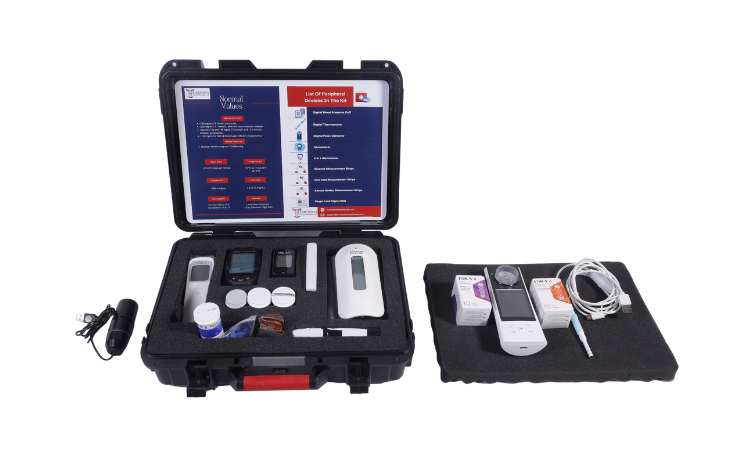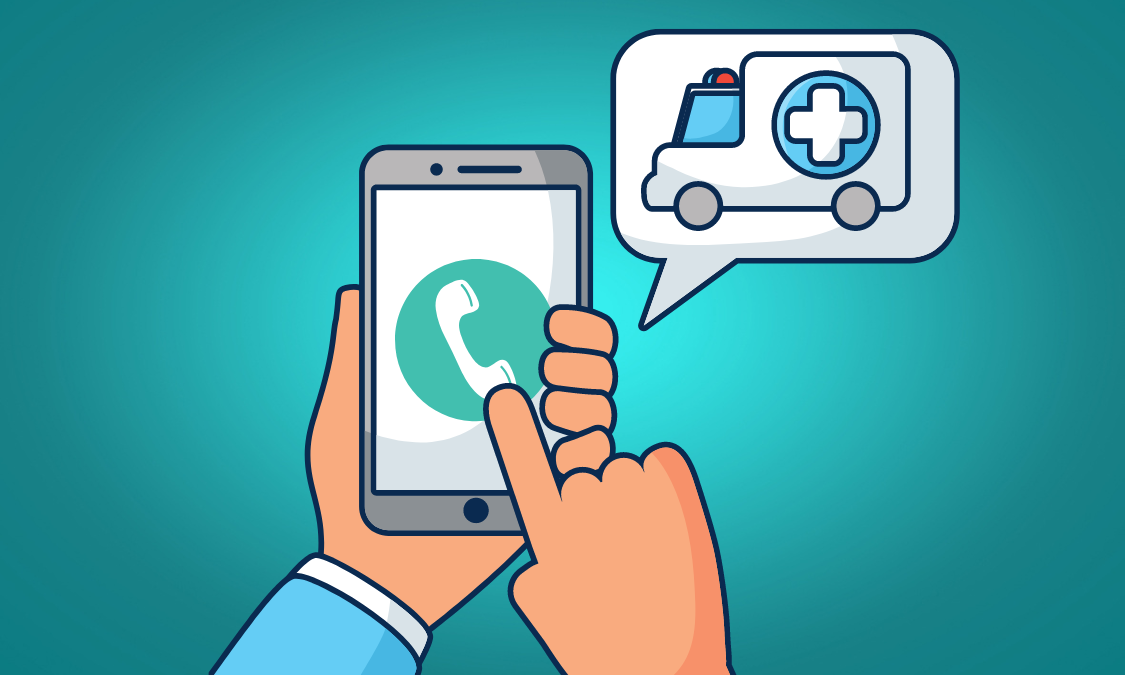How Much Does Telemedicine Cost?
Telemedicine is no longer the unicorn it once was, most hospitals and doctors have used them in the past few years thanks to the COVID pandemic that swept the globe. Most of us have consulted the doctor over the phone or via a video call. It is only recently that we as a population are getting used to accessing medicine through software and mobile applications. The rise in demand for telemedicine services has skyrocketed in recent years. Why is that? The answer is two-pronged, basically, both doctors and patients are moving towards online digital medicine. The main reason is very simple, it is convenient and saves a lot of time, waiting, hassle, travel and saves us money.
It's essential to understand why telemedicine is so popular, after all the cost of a service is defined by demand and supply. A simple example is the growth of the soda market, once popularised by pop culture and movies, the major companies like CoCa-Cola and Pepsi invested heavily in adverts, placements in movies, sports etc. Today there are many soft drink manufacturers that are competing in the market but none of the products cost more than a certain ceiling amount, nor does it fall below a certain amount. This shows that the upper and lower limits in the market for a very high-demand product are defined at certain levels. One of the main factors that affect the cost of a product is demand and supply.
Pricing in medicine follows the same logic. The more sought-after a medication or procedure is, the more incentive there is to produce/perform/market it. The same is true for Telemedicine. At the start of the pandemic, a lot of doctors jumped onto the telemedicine bandwagon, even without knowing the challenges or sustainability of the practice.
TELEHEALTH SERVICES
Synchronous: In this type of telehealth, a patient and doctor can speak to one another in real time over the phone or via video conferencing. A Facilitated Virtual Encounter is another sort of live (or synchronous) telemedicine visit (FVV). In this instance, the patient is at a reachable location (like a clinic) with access to diagnostic tools, yet the healthcare professional is at a different location.
Asynchronous: In this type of telehealth, often known as the "store-and-forward" strategy, the patient and doctor converse back and forth via phone, fax, or email. A specialist doctor is consulted for diagnosis and therapy when a patient or doctor gathers a medical history, pictures, and pathology reports.
Remote monitoring: Without the need for an in-person visit, information can be sent from the patient to their doctor directly through a gadget like a heart monitor. It enables the ongoing assessment of a patient's clinical condition, whether by in-person video monitoring or through analysis of data gathered remotely from tests and imaging.
FACTORS THAT AFFECT THE COST OF TELEHEALTH
It's critical to keep in mind that the total cost of telehealth will vary depending on the disease, your insurance, and the provider, among other things. Cost may also be affected by the following:
Reputation and licencing: A doctor will charge more the more prestigious they are. Costs associated with telehealth also depend on the degree of licensure. Board-certified physicians typically charge more for telemedicine services than non-certified physicians. Federally certified telehealth services, such as those offered by the US Department of Health and Human Services (HHS), are often more expensive. There may be no reimbursements available for qualified professionals who fulfil HIPAA standards and work in states that do not recognise HHS certification.
Your location: The cost of visiting a doctor is influenced by your location and the distance you have to drive. Because doctors must travel further to meet patients, telehealth services are more expensive in remote locations with fewer providers.
Your condition: Because no tests or physical examinations are required, telehealth consultations are less expensive for minor illnesses and ailments including sinus infections, bronchitis, or laryngitis. Your prices will rise if you require more diagnostic procedures or doctor-performed surgeries.
Availability: You will be required to pay for telehealth services out of your own pocket if the physician you want to visit is not covered by your insurer. If you want to speak with a provider who is not certified or is not located in your area, this can be a problem.
Platform: Modern telehealth providers frequently charge more than those that use more traditional systems for their services. More pricey platforms, like the one provided by American Well, offer superior video and audio quality and make it simpler for patients to engage with their doctor online quickly and effectively. But for HIPAA-compliant video consultations, the majority of telecommunications firms and patient portals almost don't charge anything. In countries like India, very few telemedicine companies or platforms are HIPAA compliant even though they may claim to be.
ARE THERE FREE SERVICES?
Yes! There are several planned telemedicine services in India that people can avail for free. The e-sanjeevani platform launched by the Government of India is one such initiative that seeks to connect poor and rural populations with government service doctors in their states. The government is now planning on stratifying and expanding the services by bringing in consults for specific age groups and issues, such as pregnancies, child care, geriatric care, etc.
While these services are being provided for free, there is usually a long wait time and patients may not be able to connect with a specialist for their needs. This can be frustrating for people looking for specific advice regarding cardiac, neurological, neonatal issues, etc. There are also many Telemedicine platforms that offer free trials of their software for a limited time or a number of consults. However many of them will limit the features available to free users or offer limited resources for consults.
HOW TO CHOOSE?
The market is now rife with many different Telemedicine applications that allow you to connect with your doctors from the comfort of your home. In fact, many hospitals such as Apollo have their own browser or mobile-based applications that allows you to connect with the doctors in their network. when choosing a Teleconsultation service keep the following points in mind.
- Shop around: There is no harm in looking at how much each company is charging for teleconsults, look around, compare prices, and choose the one that is most affordable for you.
- See what services they offer you: Is the service just straightforward audio or video consulting or do they offer value-added services such as online prescriptions, electronic health records, downloadable summaries of the consult, etc?
- Check for language and location compatibility: If you would prefer a doctor who speaks in your native tongue and see if the doctors being promoted on the platform are able to converse with you. There are also many consults that will be converted to an in-person appointment so make sure that the doctor you are consulting with is in the area or a referral to any doctor you go to see can be generated.
IN CONCLUSION
Telemedicine is here to stay and will most likely involve oscillating costs. Various governments and insurance companies are recognizing the potential in the field and its many applications and are working to bring in regulations on how Telehealth will be provided as well as charged. All of this means that as the demand and supply for Telemedicine reach an equilibrium, and the prices get more regulated by federal governments, the costs will settle down. So even though you might find a greater variation in pricing right now you will find that costs will certainly change in the coming years, as will the variety and number of companies providing the service.

















































